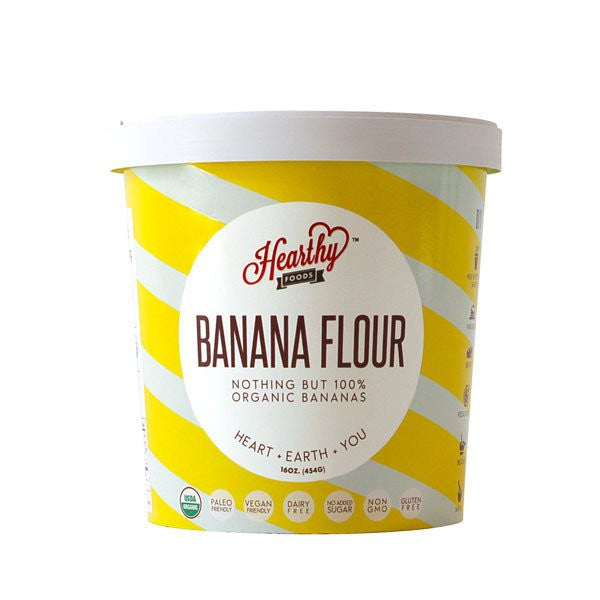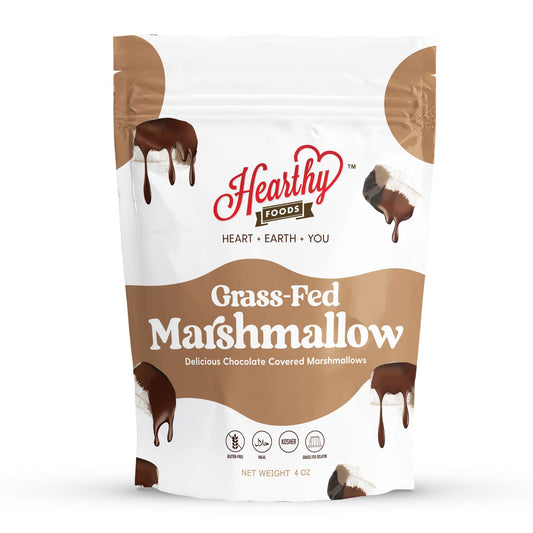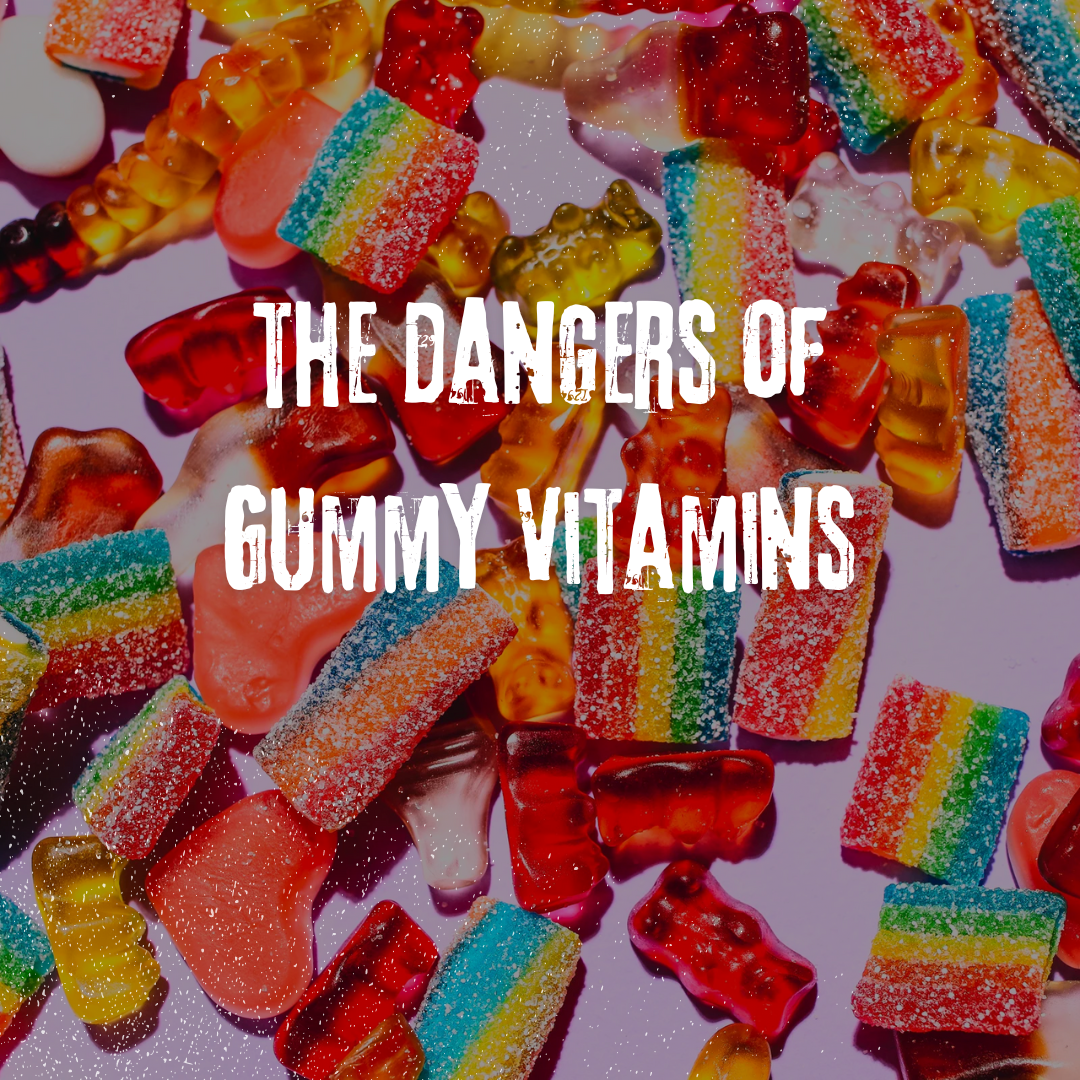The flour – which does not actually taste of bananas – contains resistant starch, a type of carbohydrate which behaves like fiber by helping to control blood sugar levels and keeping us fuller for longer.
And because resistant starch cannot be completely absorbed by the body, we take fewer calories from it.
Like bananas, the flour has high levels of potassium, which helps control the electrical activity of the heart, and magnesium, which aids nerve and muscle activity.
You use about 25% less than normal wheat flour when baking.
‘Taste-wise it has a slightly nutty, clean flavor, but it is almost flavorless. It can also be added to smoothies and salad dressings.’
Ursula Philpot, consultant dietitian and senior lecturer at Leeds Beckett University, said banana flour could also help those who needed a high-fibre diet.
Ordinary starch, found in regular bread, potatoes, and pasta, is rapidly digested in the small intestine and absorbed as glucose into the blood.
But not all resistant starch is absorbed by the small intestine, so sugar is released into the blood more slowly, and insulin levels don’t rise as quickly.
This prevents a subsequent drop in blood sugar levels - which makes us feel hungry.
Ursula Philpot, consultant dietitian and senior lecturer at Leeds Beckett University, said: ‘The resistant starch in green bananas slows the release of food through the gut which helps slow the insulin response.
‘This will have a knock-on effect on weight management by controlling blood sugar levels throughout the day.
‘It can help some types of IBS sufferers as well – those who need a high fiber diet.’









